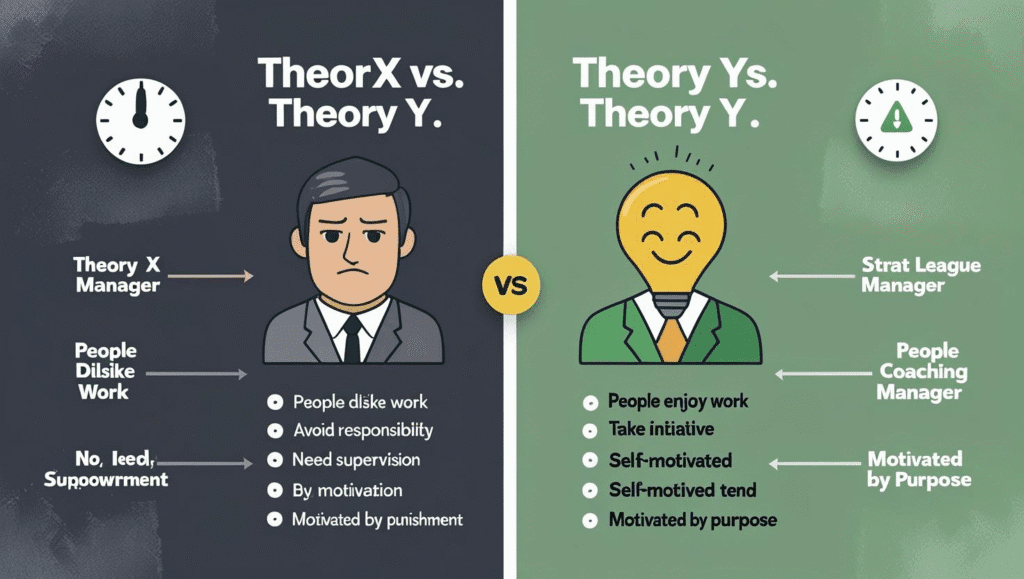The Essence of Management: Defining Its Nature and Vast Scope
From a local startup to a global enterprise, effective management is the invisible force that turns chaos into coordination and vision into reality. It is the critical determinant of an organization’s success or failure.
Management is the art and science of planning, organizing, leading, and controlling an organization’s resources—human, financial, physical, and informational—to achieve its goals efficiently and effectively.
The Core Nature of Management
Goal-Oriented
Management is always directed towards achieving specific organizational objectives.
Pervasive & Universal
Its principles apply to all types of organizations, whether business, government, or non-profit.
Continuous Process
It is an ongoing series of functions (planning, organizing, etc.) that operate in a cycle.
Group Effort
It involves managing people and coordinating their efforts to work towards a common goal.
Art & Science
It’s a science for its principles and an art for its application, which requires skill and creativity.
Dynamic Function
Management must constantly adapt its strategies and processes to a changing environment.
The Scope of Management
A) Scope by Functional Areas
-
Production Management
Managing the process of converting inputs (raw materials, labor) into outputs (goods/services). Includes quality control, inventory, and plant layout.
-
Marketing Management
Identifying customer needs and delivering value. Includes market research, product pricing, promotion, sales, and distribution.
-
Financial Management
Managing an organization’s financial resources. Includes capital budgeting, managing cash flow, financial planning, and ensuring profitability.
-
Human Resource Management
Managing the organization’s workforce. Includes recruitment, selection, training, performance appraisal, compensation, and employee relations.
B) Scope by Managerial Functions (The Process)
-
Planning
The foundational function of setting objectives and determining the best course of action to achieve them. It is forward-looking.
-
Organizing
Arranging and structuring resources (people, assets, etc.) and activities to implement the plan effectively. It involves creating the organizational structure.
-
Leading / Directing
Guiding, influencing, and motivating employees to perform their tasks and work willingly towards organizational goals.
-
Controlling
Measuring actual performance against pre-determined standards and taking corrective action when necessary to ensure goals are met.
Frequently Asked Questions
What are the different levels of management?
There are typically three levels: Top Management (e.g., CEO, Board of Directors) who set strategy, Middle Management (e.g., Department Heads) who execute strategy, and Lower/Supervisory Management (e.g., Foremen, Team Leaders) who oversee day-to-day operations.
Is management an art or a science?
Management is considered both. It is a science because it has an organized body of knowledge with universal principles and theories. It is an art because its application requires intuition, creativity, experience, and skill in dealing with human relationships, which can’t be fully quantified.
What is the difference between management and administration?
Often used interchangeably, but in classical theory, Administration is a top-level, determinative function focused on setting policies and objectives. Management is a lower-level, executive function focused on implementing those policies and directing the actions to achieve the objectives.

